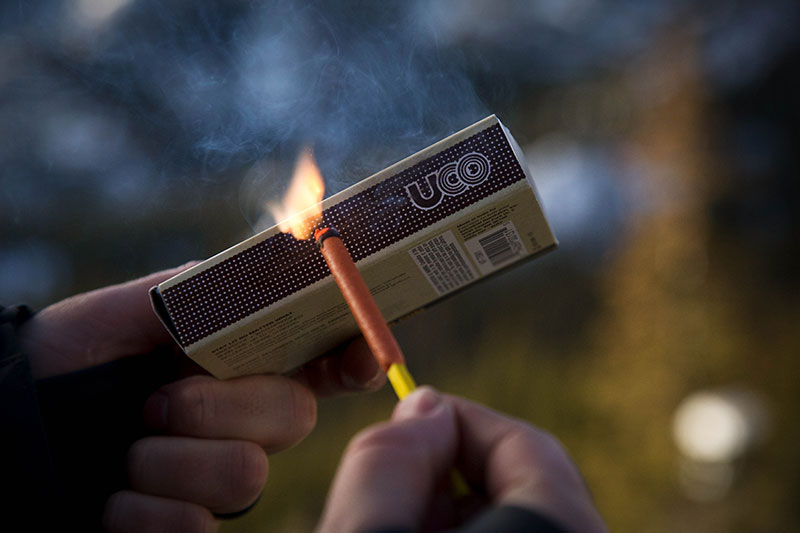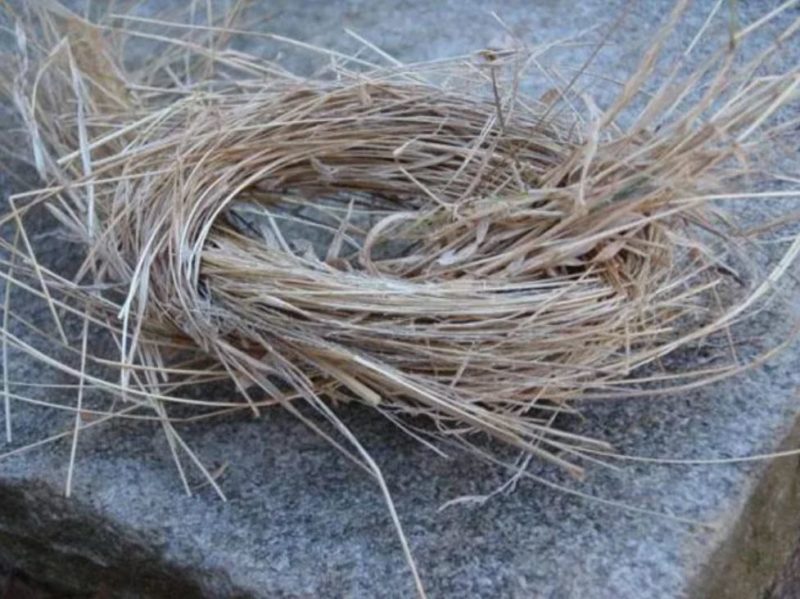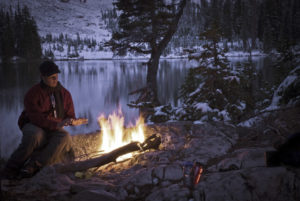
How to Start a Fire the Right Way
Knowing how to start a fire is one of the most important survival skills you can learn. Whether you’re a survivalist, a backpacker or just a person who wants to be prepared, you should be able to start a fire in a survival situation. It could save your life some day or at least keep you and your family warm and dry in a tough situation.

Why you NEED a fire!
There are numerous reasons you need to know how to start a fire, regardless of whether you’re a hiker, backpacker or just want to stay prepared. If you spend any time at all in the outdoors fire starting skills are essential. Fires can help you:
- Regulate core body temperature
- Disinfect water
- Cook food
- Signal for help
- Stay dry
- Deter predators
Fire Starting Basics & Preparation
The recipe for how to start a fire is fairly simple, however, there are a few crucial ingredients that you must have:
- Tinder: Dry, combustible material
- Kindling: Small twigs up to 1/2″ in diameter
- Ignition Source: Matches, lighter, matches, ferrocerium rods, flint and steel or even a magnifying glass.
- Firewood: Larger logs to keep the fire burning
Make sure you build your fire in a safe spot. Use an existing fire-ring or firepit whenever possible. When not possible, clear any grass or combustible plant life away and get down to bare dirt. Dig down a few inches and mound the extra dirt around the edges to create a barrier. Don’t dig too deep or the heat won’t reach you. Now gather some rocks to use as an additional barrier for embers and also as a reflector for the fires heat. Making a taller wall of rocks on the opposite side as you’re sitting will help reflect more heat towards you. This last point is most important in a survival situation where you can’t support a large fire.

Choosing the right Fire Starter for YOU

When most people are learning how to start a fire, they imagine using a lighter or a small “kitchen style” match. While these can be effective, they only work in dry, calm conditions and only offer a short-term flame. It may surprise you to learn that there are thousands of different products that can help you start a fire, each offering a unique set of characteristics. Selecting the right fire starter really depends on where, when and what you are trying to start on fire. For example, a backpacker ten miles into a hike starting a fire with damp wood will require a different fire starter than a family car camping at a state park campground wanting to roast marshmallows.
Matches
Traditional matches are inexpensive and work great for starting fires in dry, low wind conditions. This match typically has a shorter burn time and is suited best for use around the home and some mild camping adventures. However, traditional matches often have very short burn times and will not work if they come into contact with water. Waterproof matches offer protection from water but need to be dried before they will work properly.
Stormproof Matches
These matches are ready for anything. Take a swim with these in your pocket, and they will still perform. In fact, a stormproof match will even stay lit when fully submerged under water. This match is intended for anyone who needs a dependable fire starter regardless of where their adventure takes them. Capable of holding a flame even in windy and wet conditions, Stormproof Matches will not let you down.
Sweetfire
Fires do not always ignite immediately after an open flame has been introduced to the wood. UCO developed the Sweetfire Strikeable Tinder Fire Starter line for situations when you need a little more time to get a fire going. Made from a sugar cane by-product, some options in the line even boast burn times of up to 15 minutes.

Click to review all our fire starting products
Selecting the right fire starter to bring on your adventure is crucial. The best way to go about this is by planning ahead. Where are you going? What will the weather be like while you are there? The presence of wind and rain will not affect the performance of Stormproof fire starting options. What was the weather like before you are planning to arrive? Wood that has recently been exposed to rain or snow will take longer to ignite. Therefore, you should select a fire starting option that holds a flame for more than a few seconds. This will ensure that you have enough time to make any adjustments to your tinder or kindling.
Tinder Preparation
Tinder is any dry, highly combustible material. In an ideal situation, your tinder is dry and abundant. In situations where you don’t have dry tinder, smart outdoors man brings their own. Tinder tabs, cotton balls, dryer lint or new tinder / match combos are easy to pack in your survival kit or bugout bag and will allow you to start a fire easily even without dry tinder.
If you don’t have a survival kit to use when backpacking or camping, you may need to improvise and use natural resources and things you have on hand. When walking through the woods, keep your eyes open for good natural tinder sources. Dead but not decomposing plant material is ideal. You want your tinder to be as dry as possible. Great tinder is light and airy, dense materials prevent the flow of oxygen to the flame. Some great natural options that require little to no preparation include:
- Birds’ nests
- Bark from birch, cottonwood, cedar, or tulip poplar trees
- Cattails
- Dead grasses
- Leaves
Certain products, such as bug sprays with DEET and alcohol-based liquid hand sanitizers, can be used as accelerants. Duct tape adhesive and steel wool are both excellent man-made accelerants and are easy to keep in your survival kit or bug-out bag.
Starting Your Fire
You’ve made your fire pit, gathered your tinder and chosen your fire starting tool of choice… Now you’re ready to start a fire.
- Ignite your smallest tinder and wait for it to catch.
- Once the tinder ignites, add progressively bigger sticks to the fire and other easily ignitable materials to spread the flames.
- As your camp fire becomes established, add small pieces of wood a little at a time. There’s no reason to create an extremely large fire, as keeping your fire small reduces the amount of resources you need to maintain it.
- Be sure to gather more wood and keep it at hand before the fire burns too low. It’s much easier to keep a fire going then to start from scratch.
Advanced Fire-Starting Techniques
Once you’ve established a fire, you can move it by creating and controlling embers. An ember is a small piece of smoldering material from your fire. By learning to limit the oxygen, you can ignite the ember material and safely transport it to your new location.

According to survivalist expert and UCO ambassador Dave Canterbury, “With… a knowledge of both natural and man-made tinder sources, as well as utilizing the items in my kit, I feel 100 percent confident that I can affect fire in the most extreme conditions.”
Bottom line: Be prepared, with the knowledge, the skills, and the tools you need and when you get stuck in a survival situation, you, too, can be confident and ready.







